Ice is quickly melting all over the world. It’s melting from high on mountains, from both the North and South Poles, in oceans, and in frozen lands like a tundra. As the ice vanishes, it reveals things that were hidden before such as valuable minerals, long-lost relics, different kind of viruses and so much more.
Table of Contents
Global Warming Affecting Arctic Ice Melting
The Arctic is warming a lot faster than anywhere else in the world, melting glaciers that are on land and sea ice that’s floating on oceans. Scientists started keeping track of all this in 1958, and since then almost two-thirds of all Arctic Sea Ice has disappeared! Each year over 267 billion tons of ice melts from glaciers around the world – especially in the Himalayas where 1/3rd of it will be gone by 2100! The same goes for glaciers in alpine areas which could lose almost half their ice by then too.

According to Joerg Schaefer, a climate geochemist from Columbia Climate School’s Lamont-Doherty Earth Observatory, the bedrock underneath the Greenland’s ice sheet will become exposed much faster than expected. Globally, all of the expectations we have for changes in ice levels are probably way too low. In Greenland, it is likely that these predictions of ice melting will be even lower than what is expected globally.
A recent study published in Nature Climate Change said that because people have been contributing to global warming, Greenland’s ice melting will cause sea levels to go up by 10.6 inches. The authors of the study added that this is only a low estimate; if we keep producing emissions and Greenland keeps melting like it did in 2012, the sea level might go up to 30 inches or higher. This rise could be better if other glaciers and the West and East Antarctica ice sheets also melt.
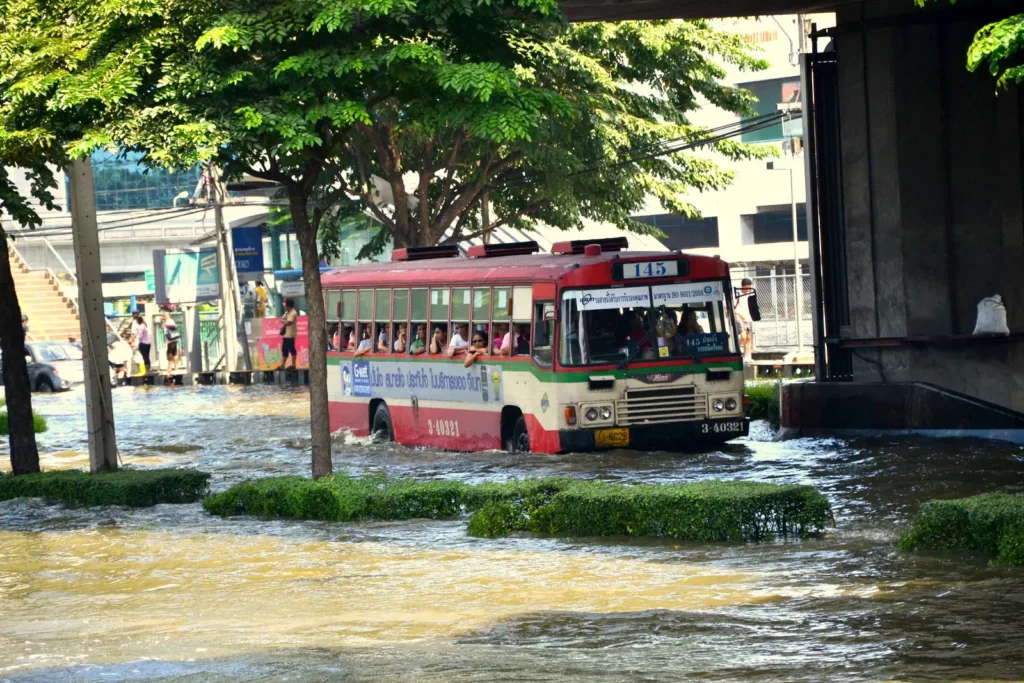
If polar ice continues to melt, sea levels will keep rising and this could be a problem for the 680 million people who live near the coast. It’s predicted that by 2050, 1 billion people around the world could be affected by rising water levels.
Revealing the Potential Impact of Deep Sea Mining on Marine Life
Recently, most of the oil and gas that has been taken out of the Arctic was done on land. But in about 15 years from now, the ice covering the Arctic might disappear. If this happens, then it will be easier for ships to get into the Arctic and more people could take out fossil fuel and mine minerals from there more easily.
Researchers think that around 30% of the world’s undiscovered gas and 13% of the world’s undiscovered oil could be found in the Arctic Circle, which lies at the top of the world. Most of it is located in oceans. Aside from this fossil fuel, researchers think that the Arctic may have a huge amount of metals and minerals worth one trillion dollars!
Greenland is home to lots of valuable metals, like coal, copper and gold. Over time the ice has melted away, revealing hidden land which was not available before. So now different people are looking for these metals in this newly accessible land!
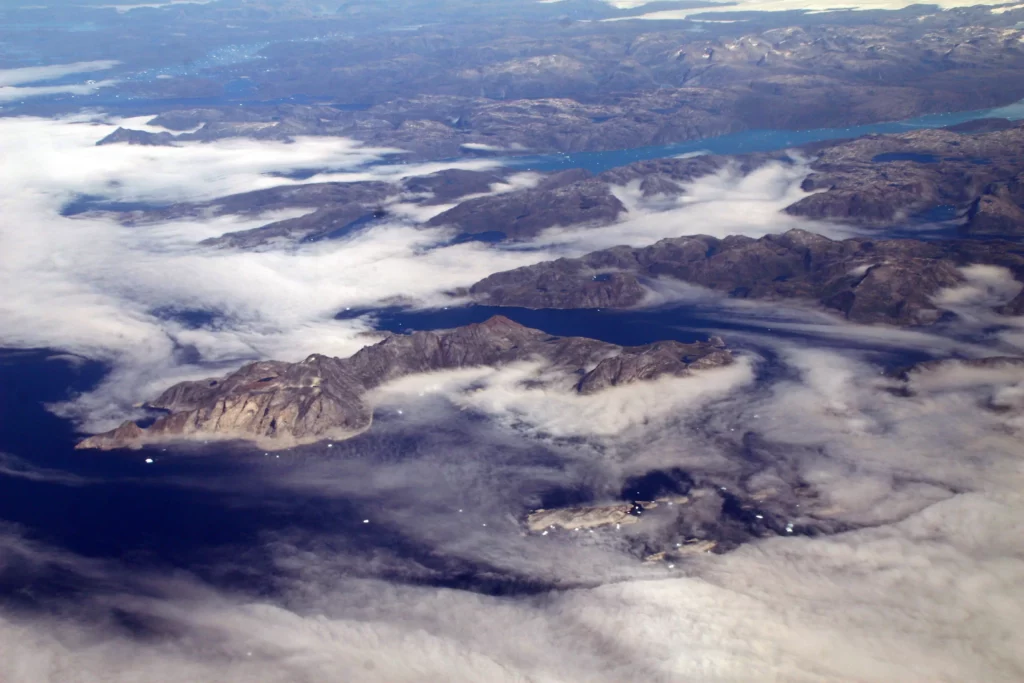
Professor Schaefer is researching the areas underneath the Greenland Ice Sheet. By using different methods and tools like isotopes to find out when that area was last ice-free, he can identify which parts of the sheet are more prone to melting. Companies want to know what’s under the ice and how quickly it will melt so they can take out valuable minerals like copper, nickel and other rare earths. Even deep in the ocean there are also these metals and Norway wants to mine them. The International Seabed Authority already approved 30 contracts for exploration at the bottom of the sea.
Mining the ocean floor could be really bad for marine life, including the little organisms (plankton) that help make up the food chain. Even though mining companies are claiming that mining in the deep sea is better than mining on land, a lot of what’s underneath the sea remains unknown. This is why groups of people from businesses and from nature have called for a pause or delay in deep seabed mining until we can learn more about it and the effects it might have on all creatures living there.
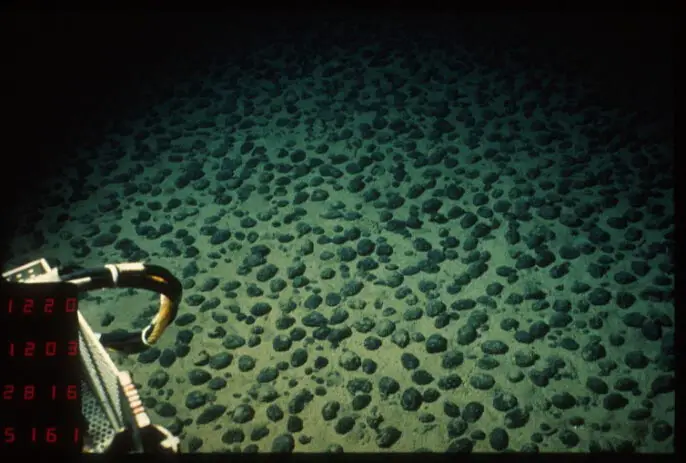
We need to stop using fossil fuels if we want to avoid the worst effects of climate change. To make this happen, large amounts of minerals like lithium, nickel, manganese, cobalt, copper, etc. are needed for producing technologies such as electric car batteries, wind turbines and solar panels. The World Bank estimates that mineral production needs to increase by 500 percent by 2050 in order for renewable energy technologies to keep up with demand.
Instead of taking out valuable metals from the surface or seafloor, it would be better to just get them from recycled electronic waste products. The bad part is that only 20 percent of e-waste is actually reused while the other 80 percent has been thrown away. But it won’t be enough since we need more metals than what exist right now to make all the stuff needed for clean energy sources. A quote from a Deep Sea Conservation Coalition member sums this problem up by saying “You can’t recycle what you don’t have.”
Pollution from Shipping in the Arctic
The increase in temperature of the sea has caused the ice to melt and this makes it possible for ships to travel more in the Arctic than before. In fact, between 2013 and 2019, there was a 25 percent increase in shipping through these waterways.
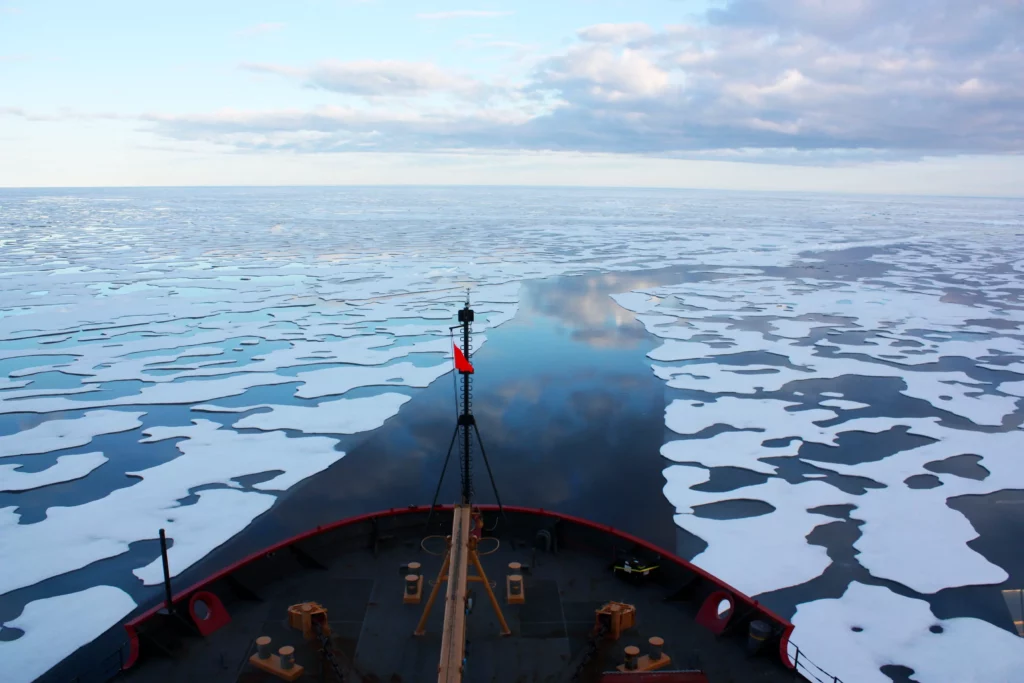
More and more oil tankers and bulk carriers have been travelling through the Arctic recently, which has increased air pollution called black carbon by 85%. This type of pollution comes from fossil fuels being burned, and when it lands on snow or ice, it darkens the area so that it melts faster. Inhaling this air pollution can make people sick with respiratory and cardiovascular illnesses. The United Nations’ International Maritime Organization is trying to stop this problem by banning heavy fuel oil in the Arctic region, but this won’t be put into effect until 2029.
With summer meaning more melting ice, more cruise ships are now travelling through the Arctic and stopping in Nome, Alaska. This year, 27 such ships were scheduled to dock there. Unfortunately, bigger amounts of cruises means more carbon dioxide being released into the atmosphere which makes the ice look darker, and disturbs food chains in the ocean.
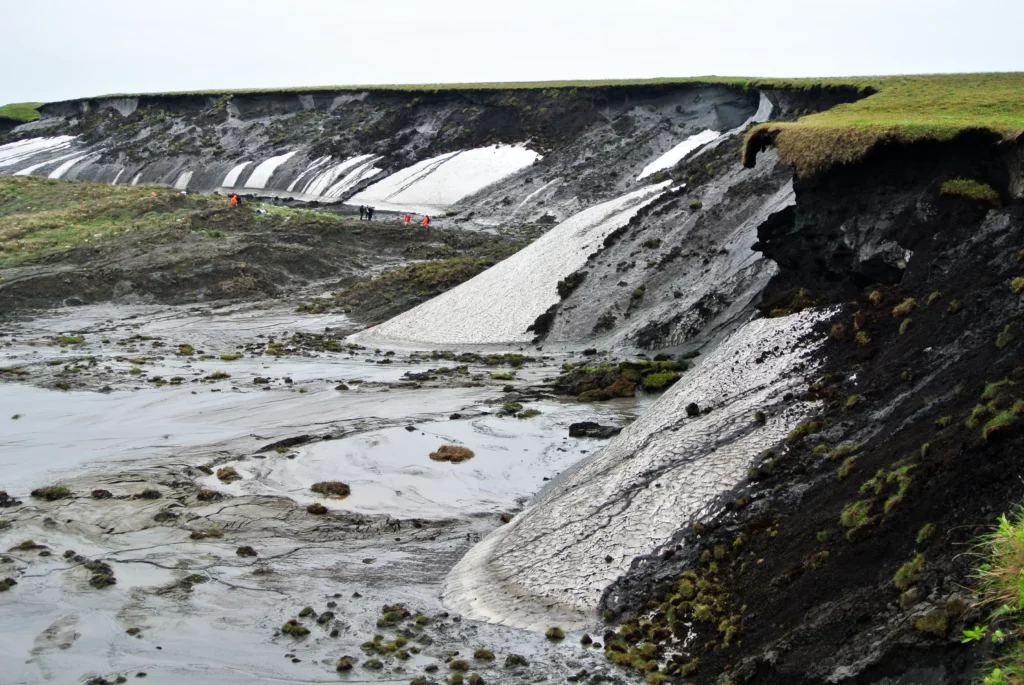
Permafrost is ground that remains frozen for two or more years and it is located in places like Siberia, Tibet, Alaska and Canada. It stores lots of carbon because plants and animals stay frozen before they can decompose.
Scientists say there’s about double the amount of carbon trapped in permafrost than what’s currently in our atmosphere! But global warming is causing it to thaw out, which releases all that stored up carbon as gas into the air. This gas makes the world even warmer and causes more of the permafrost to melt away faster, creating an un-stoppable cycle. Scientists are predicting two-thirds of near-surface permafrost will disappear by 2100.
When the ice in the frozen ground (permafrost) melts, it can cause a lot of problems. The ground can become shaky and can even collapse, leading to dangerous things like rock slides, floods and waves crashing into coastal land. All these things have caused damage to buildings, roads, power lines, and other important stuff. This is a big problem for Indigenous people because they have lived on this frozen ground for hundreds of years and depend on it staying strong.
Uncovering Thousands of Ancient Microbes as Permafrost Melts
As permafrost melts, many different kinds of microbes hidden in the ground for thousands of years are being uncovered. Around one gram of permafrost can even have thousands of bacteria and viruses living inside it – some could be totally new, while others like smallpox or Bubonic plague may already be known to us but ones we don’t have medicine for anymore.
In 2016 a deadly outbreak of anthrax happened in Siberia where 100 people were taken to hospital and one boy even died. This was after a dead reindeer that had frozen underground 75 years previously became exposed when the permafrost melted, letting some bacteria into the soil and water, which got into the food people ate.
Scientists have discovered some pretty old organisms. For example, they found a virus that is 30,000 years old and even some microbes that are over 400,000 years old! These types of microorganisms could already be resistant to the antibiotics we use today.
The Melting of the Arctic
For a long time, the Arctic was too cold and difficult to reach, so people used it as a place to get rid of dangerous things like chemicals, bacteria, and even radioactive stuff. We are not sure what will happen if the permafrost melts and all these materials that have been left in the Arctic mix together.
As the climate warms, the ice and permafrost in the Arctic might start melting. This could make dangerous waste from things like old nuclear reactors and submarines, as well as chemicals from things like DDT and PCBs come back up to the surface. There is also a lot of heavy metal mine waste that was left behind from many years of mining in the Arctic, which may now be visible.
The melting of permafrost is causing water to move more, which may spread germs and toxins that can be dangerous for wildlife and people. Other activities like sightseeing in ships, mining, and trading could also spread bad things like germs and pollution that can harm us.
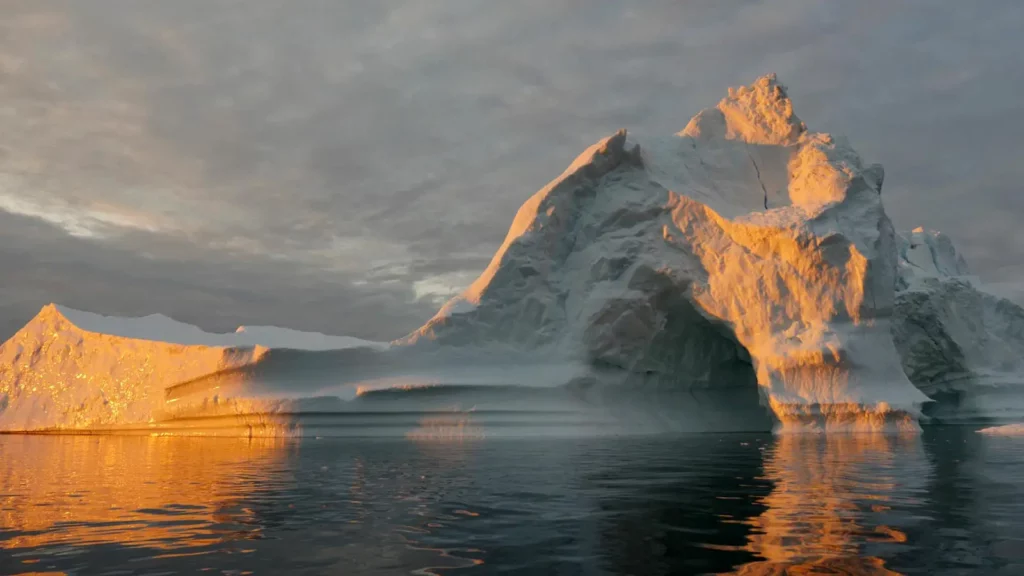
Benefiting from a Melting World
Melting glaciers and thawing permafrost could cause bad things to happen, but there might also be some positives too.
A research discovered that a new sailing route in the Arctic can decrease the traveling time from Asia to Europe by a lot. This route is faster than the Suez Canal and Panama Canal’s routes, making it possible for ships to reach their destination 14-20 days quicker! Plus, as an additional bonus, these ships also get to save fuel and reduce emission of greenhouse gases by 24 percent.
It’s now possible to get rare and special metals from areas that were tough to reach before. We need lots of this metal in order to shift from using regular energy to cleaner energy sources. The leader of a metals company said it is not possible for us to use clean energy without getting lots of metal from the planet.
Microbes and viruses have been living in the icy permafrost for many years, and during that time, they had to adapt so they could survive. To help them survive, certain bacteria started producing antibiotics which may be entirely new. Some of these bacteria are resistant to antibiotics, while some might be able to create new medicine for people! When researchers examined soil from under the thawing Arctic ice sheet, they found bacteriophages — bacteria eaters — that each can eat a different type of bacteria.
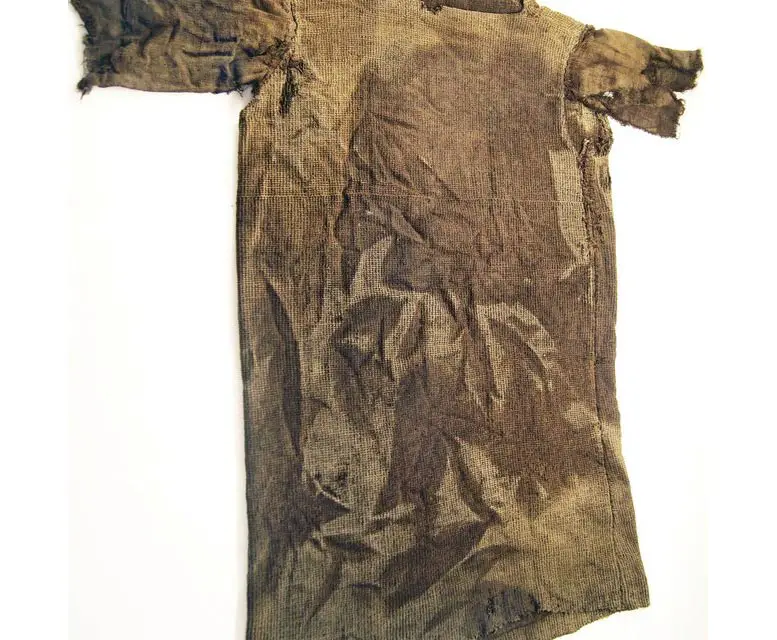
Scientists have discovered a type of bacteria in cold Arctic soil that can break down oil. It was able to clean up around 60% of the oil that it touched. This could help with any future oil spills in the Arctic. Two other types of bacteria were able to get rid of dioxins and furans, which are smelly liquids that make certain places dangerous to be near. There is currently research being undertaken to see if organisms in the permanently frozen soil can create an enzyme that destroys plastics.
The melting of ice and snow in the mountains has given archaeologists some amazing surprises. In Norway, they discovered a mountain pass that had been used by people during the Roman Iron Age and Viking times. They also found tools, weapons and other artifacts from this time period. In addition, an arrowhead dating back to the Norwegian Iron Age was discovered in another part of Norway. This discovery is helping archaeologists understand more about history and cultures from long ago.
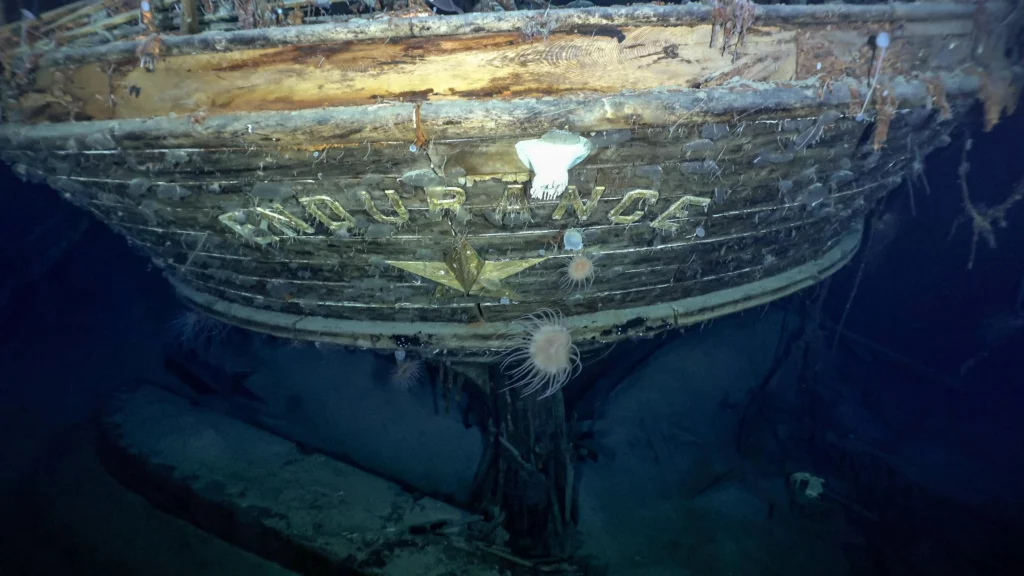
This year, something strange happened in Antarctica. Sea ice reached a record low! Because of this, researchers were able to take a journey to the Weddell Sea, a part of Antarctica that’s pretty difficult to get to. They were searching for the ruins of Sir Ernest Shackleton’s old boat called Endurance. It got stuck in the ice and sunk way back in 1915. To everyone’s surprise, this sunken ship was found almost 10000 feet beneath the sea! The reduced levels of ice cover had made it possible to reach there.
In the Yukon, scientists made an amazing discovery – they found really old animals and other creatures that had been perfectly preserved! For example, a wolf pup from 57,000 years ago during the Ice Age, camel bones from around 75-125,000 years ago and teeth from a hyena-like creature about 850-1.4 million years ago! All these incredible findings can help scientists understand how different species have reacted to changing climates and humans in the past.
As the Earth is getting hotter, some areas won’t be doing as well as others. For example, Siberia could be a great place for growing wheat, and Canada could become a larger producer of wine.
Greenland’s economy relies on things like fishing, tourism and hunting, but it needs to find other ways to help its aging population. The melted glaciers in Greenland have sand and sediment which is very valuable; it’s worth more than $1.11 billion! That special kind of sand is important for making concrete, computers, and glass – the world doesn’t have enough of this sand. There are some worries that taking out the sand from Greenland could hurt the environment, but a lot of people in Greenland still want their government to take it out so they can be sold and make money.
As the glaciers in Greenland move away, they leave behind something called glacial rock flour, which is basically crushed-up mud. This mud has lots of nutrients like potassium, calcium, and silicon inside it that can help plants grow bigger and stronger.
Scientists have tested this out on fields in Denmark and found that adding 27.5 tons onto each hectare made barley yields go up by 30%. The cool thing about this is it also absorbs carbon dioxide from the sky at a rate of 250 to 300 kilograms per 1.1 ton of glacial rock flour used! Every year, Greenland gets more than a billion tons of this stuff which could be put to good use. People who do this could even make money off selling ‘carbon credits’ for all the CO2 absorbed!
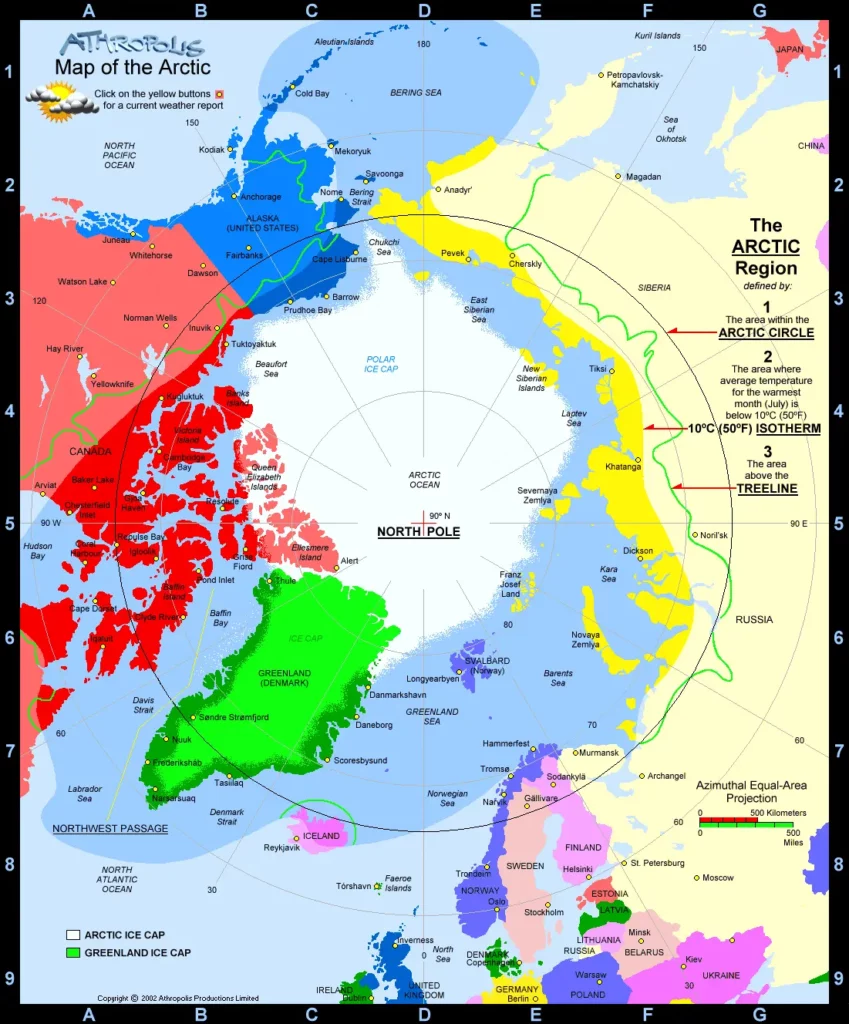
Climate Change
The advantages we can gain from mining and trading are very small, compared to the huge effects of climate change on people around the world. According to Mr. Schafer, these changes won’t make the society better overall, but only help the rich capitalists become richer.
Eight countries – Canada, Denmark, Finland, Iceland, Norway, Russia, Sweden and the United States – have claims to the Arctic. Though some of these territories overlap with each other. Other nations like China, Japan, South Korea, Britain and the members of the European Union are starting to pay more attention in terms of exploiting the resources that can be found there due to rising temperatures in the region. Rebekah Koffler a people who studies facts to make predictions has cautioned us that “the Arctic is going to become a battleground for financial control and natural resources”.
As climate change causes more ice to melt and permafrost to thaw, more areas will be uncovered. According to Schaefer, it is important for us to pass laws that would stop people from taking advantage of these resources without being responsible for the environment and land owners.
Who will benefit from the changes in the environment brought by climate change? This is a difficult question focused on melting and thawing regions. According to Schaefer, this is now part of law and ethics. The best way to resolve this situation is to prioritize climate justice which means that everyone should listen to the opinion of those living in these areas and owning the land.
A group of scientists wrote a research study recently about Greenland’s ice sheet, climate and how it might affect sea-level rise. It was published in Nature Climate Change in August 2022. The research shared what changes will happen to the Greenland ice sheet based on our current climate conditions. The main idea was that because of climate change, we can expect rising sea levels over time.
Reference: “Greenland ice sheet climate disequilibrium and committed sea-level rise” by Jason E. Box, Alun Hubbard, David B. Bahr, William T. Colgan, Xavier Fettweis, Kenneth D. Mankoff, Adrien Wehrlé, Brice Noël, Michiel R. van den Broeke, Bert Wouters, Anders A. Bjørk and Robert S. Fausto, 29 August 2022, Nature Climate Change.
DOI: 10.1038/s41558-022-01441-2
Frequently Asked Questions
What will happen if glaciers melt?
If glaciers melt, it would have a serious effect on the global climate and environment. Melting glaciers would cause sea levels to rise, leading to floods and increased coastal erosion. In addition, the loss of glaciers would reduce the amount of fresh water available for drinking, agriculture, and energy production. Furthermore, the loss of glaciers could disrupt the delicate balance of the global climate by changing weather patterns, affecting plant and animal habitats, and even contributing to extreme weather events.
Why is melting glaciers a problem?
Melting glaciers are a problem because they contribute to rising sea levels and can cause flooding in coastal areas. They can also lead to droughts, disruption of ecosystems, and loss of biodiversity. Additionally, the melting of glaciers can cause changes in water availability, impacting the livelihoods of people who rely on them for drinking water, irrigation, and other uses.
What are 3 negative effects of melting glaciers?
1. Rising Sea Levels: The melting of glaciers can cause sea levels to rise, which can displace people living in coastal areas, leading to increased flooding and coastal erosion.
2. Loss of Biodiversity: Glaciers provide a unique and important habitat for a wide variety of species, including some that are endangered. As glaciers melt, they can impact the surrounding environment and the species that live there.
3. Disruptions to Ecosystems: Melting glaciers can cause changes in the availability of water and nutrients in the surrounding area, which can disrupt delicate ecosystems and cause long-term damage to the environment.
How does glaciers melting affect humans?
Glaciers melting affects humans in many ways. As glaciers melt, sea levels rise, leading to flooding and destruction of coastal areas and increased risk of coastal erosion. Warmer temperatures due to melting glaciers also lead to droughts, water shortages, and extreme weather events. Melting glaciers also reduce the amount of available fresh water, leading to shortages in some areas and an increased risk of water-borne diseases. Finally, melting glaciers can cause disruptions to ecosystems, impacting species diversity and adversely affecting the livelihoods of people who rely on the natural environment for sustenance.


